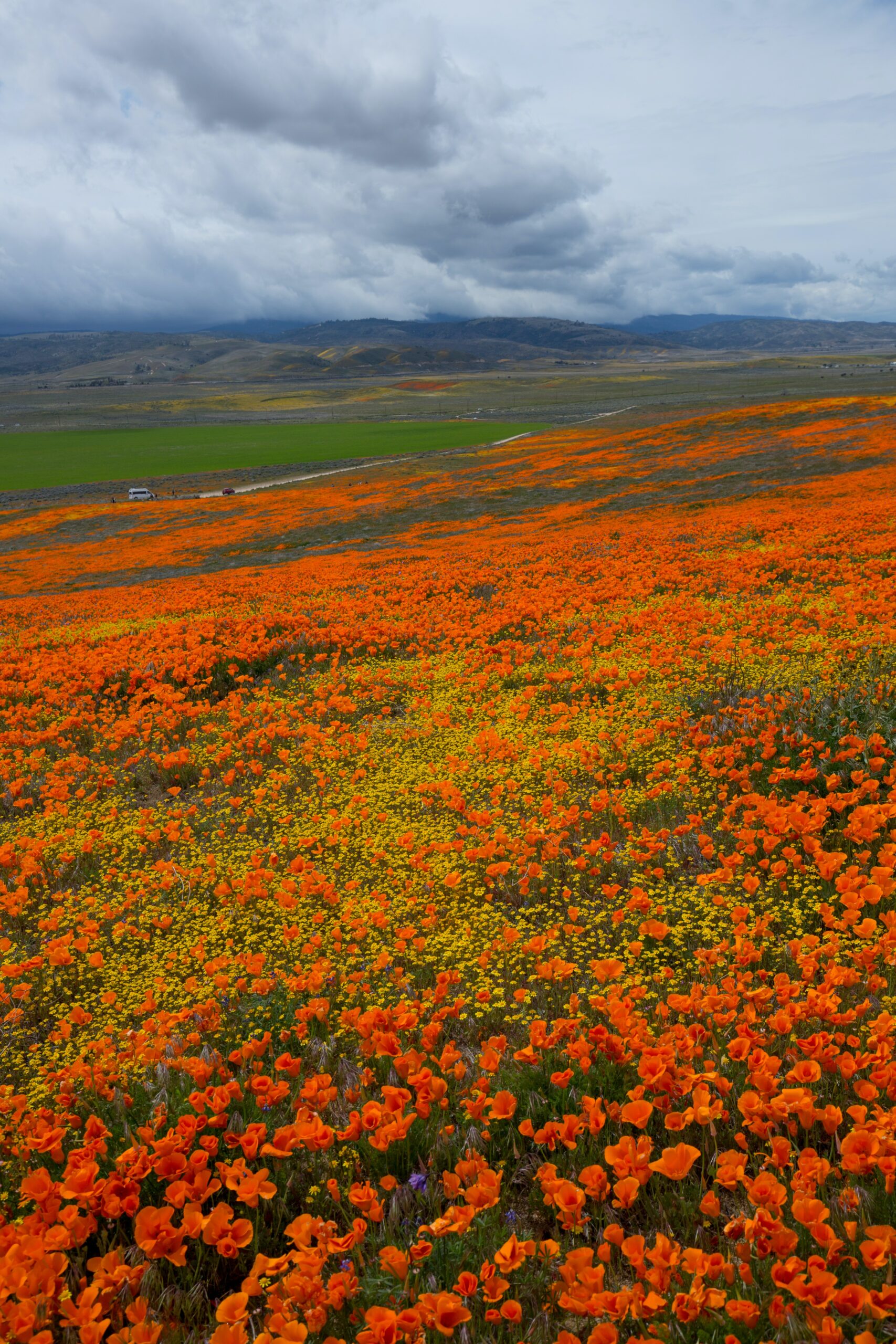Your lawn should be compatible with your climate, aesthetic desires, and planned to serve a practical purpose.
To be water efficient, the lawn and turf grass should be planted only where it is considered functional, such as in a play area, and only in areas where it is can be considered practical.
All types of turf grass have positive and negative characteristics. The type of grass you choose for your lawn should be compatible with your climate, anticipated use and maintenance level, and aesthetic desires; it also should have some resistance to common diseases.
Practical turf areas mean using turf grass for a specific function. A small “oasis” of turf near the entrance to the home, a playing surface of durable turf in recreational areas, or a blanket of turf on a highly erosive slope are all examples of “Practical” turf areas.
Lawns and turf grass shouldn’t be treated as a fill-in or groundcover material. Rather it should be a planned to serve a practical purpose: Providing a resilient, soft and cooling surface for active play or seating areas.
Make every effort to choose a grass that grows well under your conditions. For instance, too much shade causes stress that can lead to disease development. Similarly, some species are more heat or drought tolerant than others.
Grasses for the High Desert include: “Cool Season” Species; Tall Fescue, Perennial Ryegrass, Kentucky Bluegrass, and Kentucky Bluegrass/ Perennial Ryegrass mixtures. “Warm Season” Species include; Common and hybrid Bermuda grass, Zoysia grass, and St. Augustine grass.
Alternatives to turf grass lawns include groundcovers, shrubs mulched areas, decks and paved surfaces. Where lawns are needed, provide topsoil to a depth of 15 cm (5 to 6 inches ) This will allow for deep rooting. With an established lawn, water thoroughly but less frequently to maintain the deep roots needed for a healthy, drought tolerant lawn.
Warm Season Species: Grasses for the High Desert
“Warm Season” turf grasses grow mainly in spring and summer and go dormant in late fall and winter. They use less water than “cool season” turf grasses.
Common and hybrid Bermuda grass require full sun, but do well in hot High Desert summers. Both recover relatively quickly from moderate wear and severe injury during their growing season. Common Bermuda grass is a lower maintenance turf grass than hybrid Bermuda grass, and can be established from seed rather than vegetaively.
Zoysia grass is heat tolerant and takes some shade. It is relatively wear-resistant, but recovers slowly from excessive wear, due to its slow growth rate. Can take up to two years to fully establish. Generally disease and pest resistant, good durability, deep-rooted and can grow in most soils.
Cool Season Species: Grasses for the High Desert
“Cool Season” turf grasses grow mainly in fall, winter and spring but remain green all year. To extend color into fall and winter, annual or perennial ryegrass “cool season” grasses are sometimes used to over-seed “warm season” grasses. Alternatively, “cold season” turf grasses can be established alone. “Cool season” turf grasses are higher water use than “warm season” turf grasses.
Tall fescue performs better under high temperatures than other “cool season” turf grasses. It requires sun, but accepts partial shade. Tall fescue is moderately wear-resistance, but does not recover completely from severe injury. It is low-maintenance turf grass.
Perennial ryegrass performs well in partial shade in the High Desert. It is highly competitive against weeds if property maintained. Two or three varieties should be blended for optimum performance.
Kentucky bluegrass lacks high-temperature tolerance and does not fare well under heavy traffic or compaction during summer when planted alone. Blending two or three good performing varieties together is recommended. It requires moderate maintenance.
Kentucky bluegrass/perennial ryegrass mixtures is preferred over planting either turf grass singularly. The mixture results in a more disease-resistant stand, offering good color and year-round performance. By weight, at least 15 percent perennial ryegrass is recommended.
Proceed to Step 5: Efficient Irrigation

| Cookie | Duration | Description |
|---|---|---|
| cookielawinfo-checkbox-analytics | 11 months | This cookie is set by GDPR Cookie Consent plugin. The cookie is used to store the user consent for the cookies in the category "Analytics". |
| cookielawinfo-checkbox-functional | 11 months | The cookie is set by GDPR cookie consent to record the user consent for the cookies in the category "Functional". |
| cookielawinfo-checkbox-necessary | 11 months | This cookie is set by GDPR Cookie Consent plugin. The cookies is used to store the user consent for the cookies in the category "Necessary". |
| cookielawinfo-checkbox-others | 11 months | This cookie is set by GDPR Cookie Consent plugin. The cookie is used to store the user consent for the cookies in the category "Other. |
| cookielawinfo-checkbox-performance | 11 months | This cookie is set by GDPR Cookie Consent plugin. The cookie is used to store the user consent for the cookies in the category "Performance". |
| viewed_cookie_policy | 11 months | The cookie is set by the GDPR Cookie Consent plugin and is used to store whether or not user has consented to the use of cookies. It does not store any personal data. |
